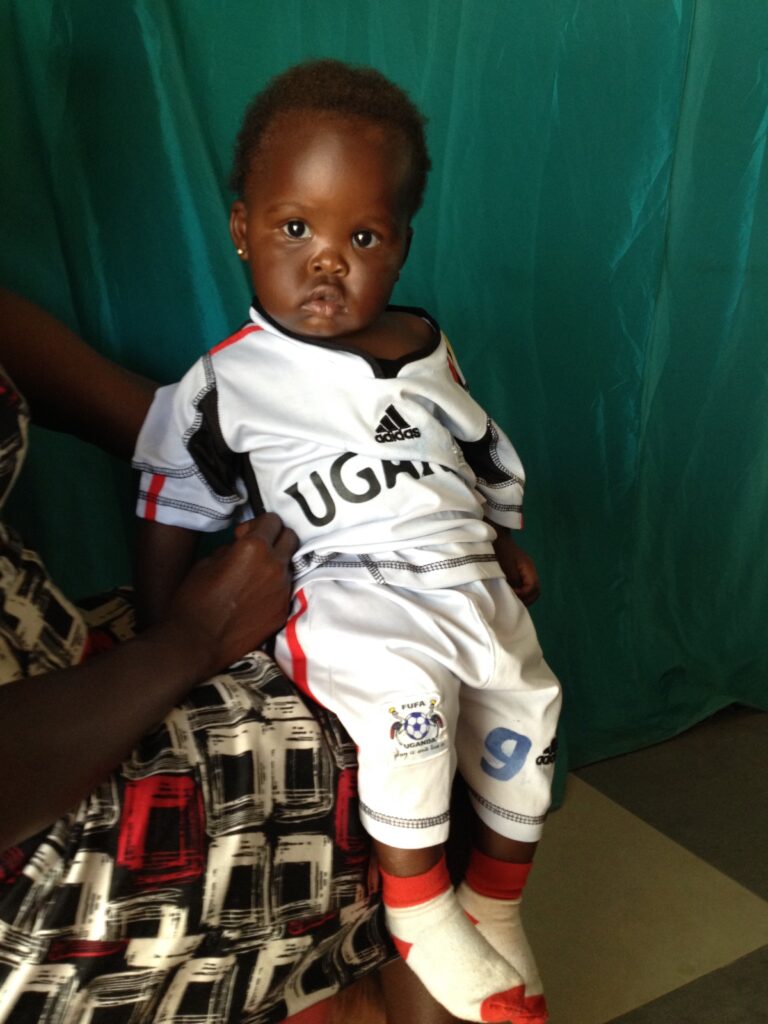Synergisms between water and food insecurity
We are currently quantifying the compounding vulnerabilities of water and food insecurity among Mexican adults and US children and adolescents using nationally representative datasets. Both projects are supported by the NIH.
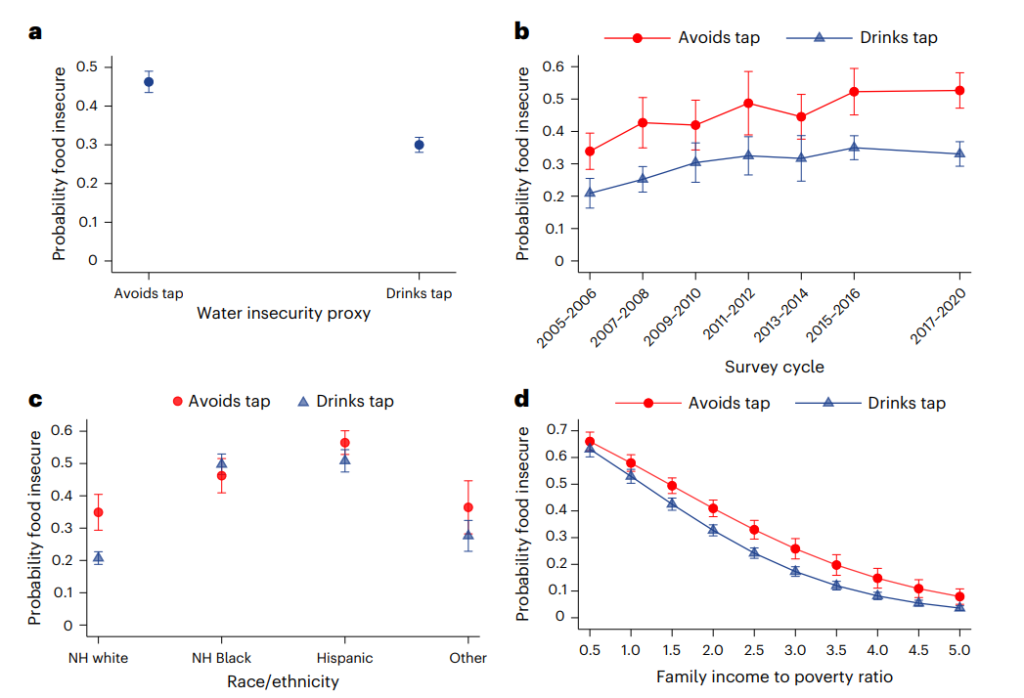

Rapid at-home water diagnostics (WISE-Dx)
To democratize knowledge about water quality, we are field testing the accuracy and usability of at-home biosensor tests to detect water contamination, in collaboration with the Center for Synthetic Biology. We have completed a study on tests to detect geogenic fluoride in Kenya and are currently working on at-home tests for lead in Chicago, thanks to major support from NSF & the EPA.
Quantifying individual’s hygiene experiences
Hygiene experiences are shaped by more than just water. We are in the early stages of developing a measurement of experiences with bodily, domestic, and food hygiene that can be globally suitable, with thanks to funding from RGHI.
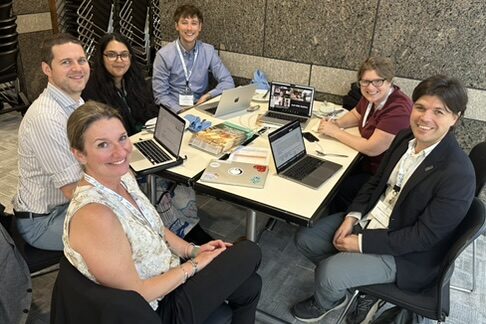
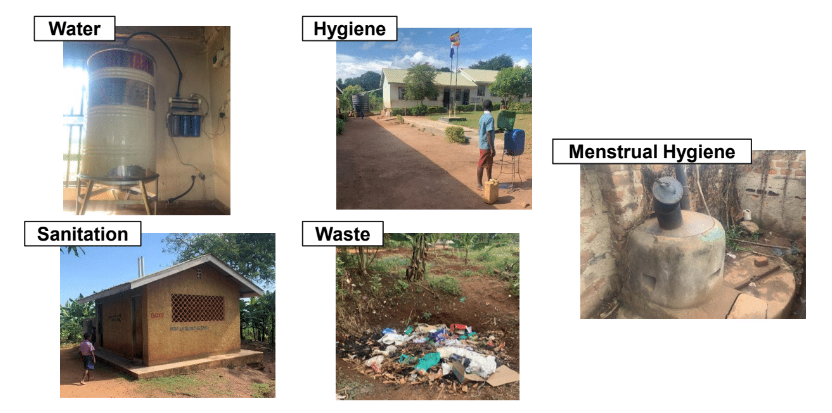
Quantifying WASH experiences in institutions (INWISE)
We are collaborating with a network of individuals to develop reliable and valid measures of WASH in schools and health care facilities (institutional WASH, or INWISE), with support from the Hilton Foundation and the Swiss Agency for Development and Cooperation.
Water Insecurity Experiences-Latin America and the Caribbean (WISE-LAC) Network
The WISE-LAC is a vivacious group of practitioners, researchers, and policymakers who are working to bring attention to the value of experiential measures of water insecurity for policy development in a variety of projects across the region. All are welcome to join the network by emailing wise.lac@ibero.mx. Past newsletters here.
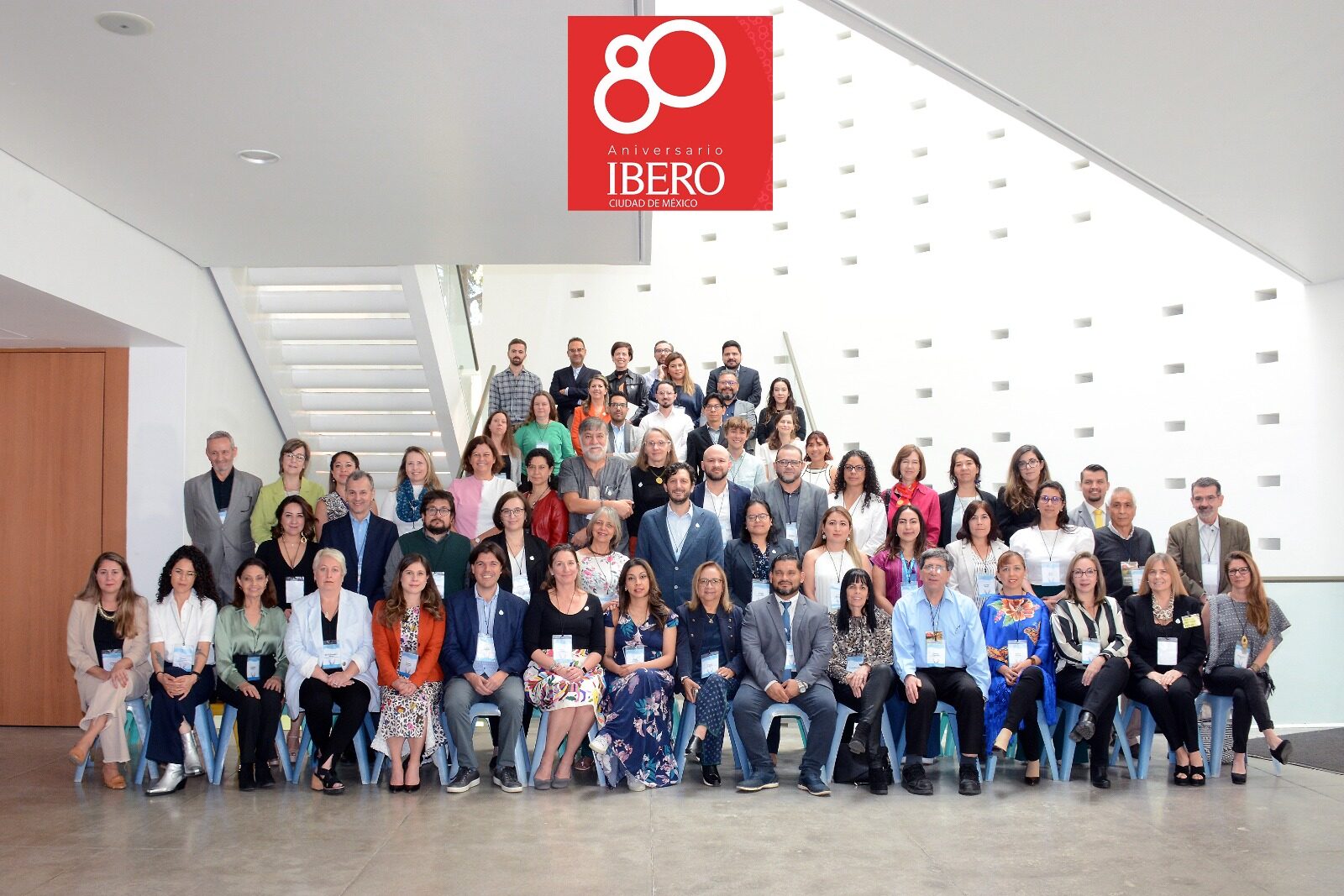

The Water Insecurity Experiences (WISE) Scales
In a large collaboration with scholars across many disciplines and locations, we developed the Household Water Insecurity Experiences (HWISE) and the Individual Water Insecurity Experiences (IWISE) Scales, with support from IMMANA/FCDO/BMGF. These have now been used by 100+ organizations in more than 60 countries.
Identifying the mechanisms of water insecurity on HIV treatment outcomes
We are investigating how issues with water may shape health outcomes among PLHIV in both Ghana and Kenya, with major support from the NIMH.


Singida Nutrition and Agroecology Project “SNAP-Tz”
This was a randomized control trial in 20 villages in Singida, Tanzania. We tested if a participatory, agroecological peer farmer-led education intervention could be effective at improving legume production, food security, and infant and young child feeding practices, with major support from the McKnight Foundation.
Pii en Ngima study “Water is life”
In this observational study in western Kenya in which we implemented a household-level water insecurity scale validated for this region. We are assessing a range of outcomes linked to water insecurity, such as HIV outcomes, hydration status, maternal depression, stress, food insecurity, and child cognitive development, with major support from an R21 from the NIH.
A follow-up study to Pith Moromo.
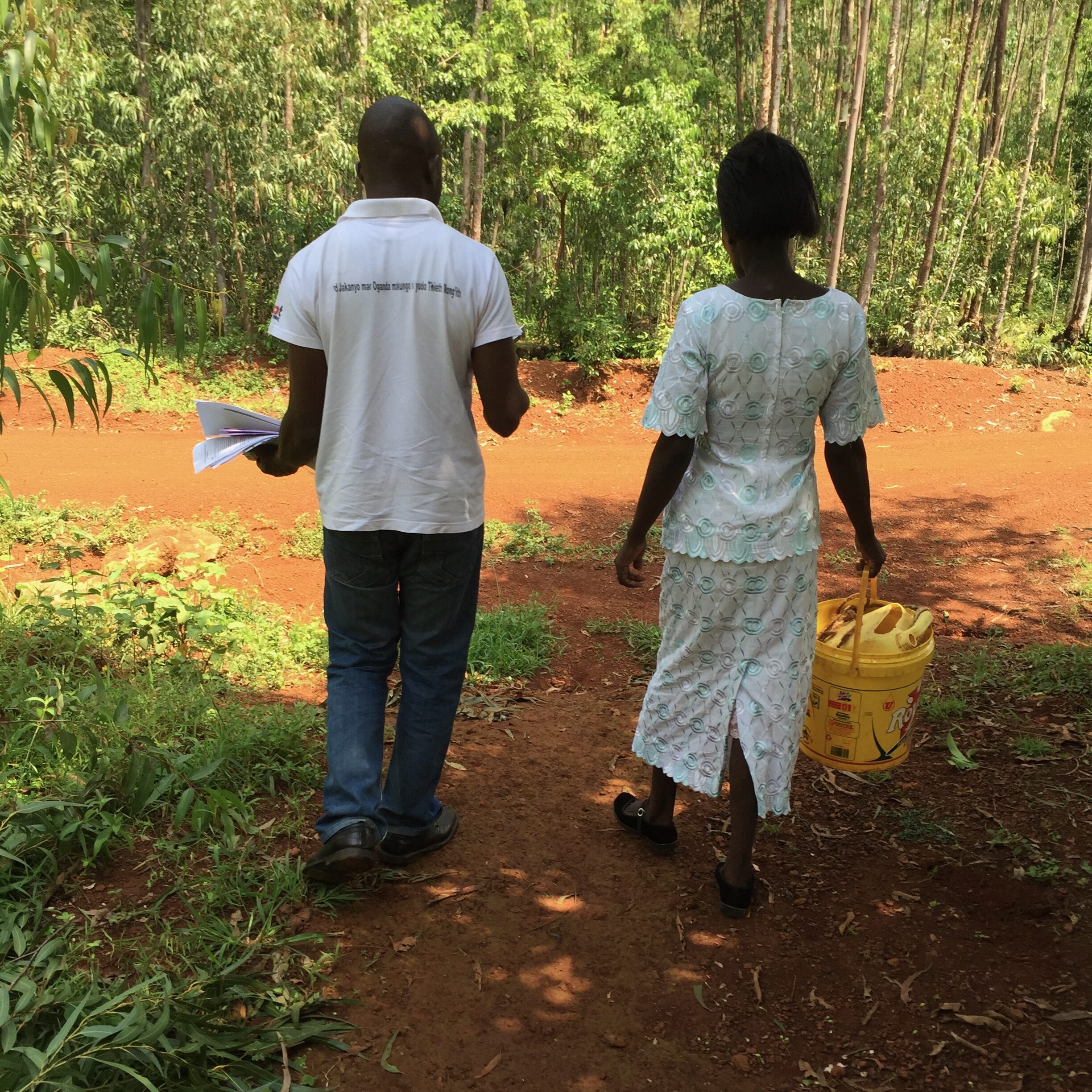
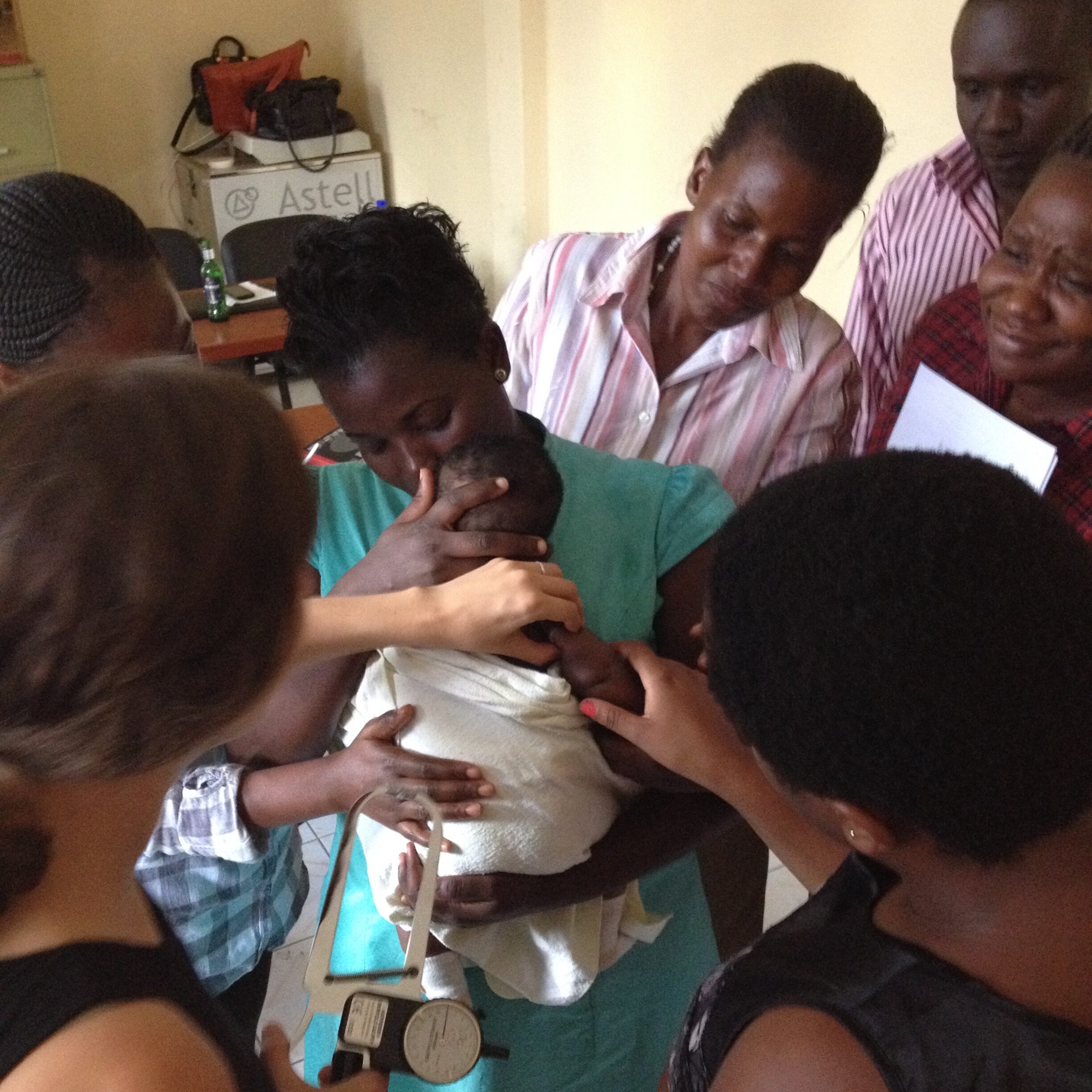
Pith Moromo “More feeding”
This was an observational study in western Kenya in which we sought to understand the potential role and importance of food insecurity on the physical and psychosocial health and nutritional status of HIV-infected and -uninfected pregnant and lactating women, with major support from a K01from the NIH.
Food insecurity, Nutrition, and Psychosocial Health Among Women of Mixed HIV Status and Their Infants in Gulu, Uganda (“Pre- and Post-NAPS”)
This was an observational study among a pregnancy cohort in northern Uganda. The primary scientific objective was to determine whether food insecurity was an independent risk factor for poor maternal nutritional or psychosocial outcomes or for sub-optimal infant feeding practices.
